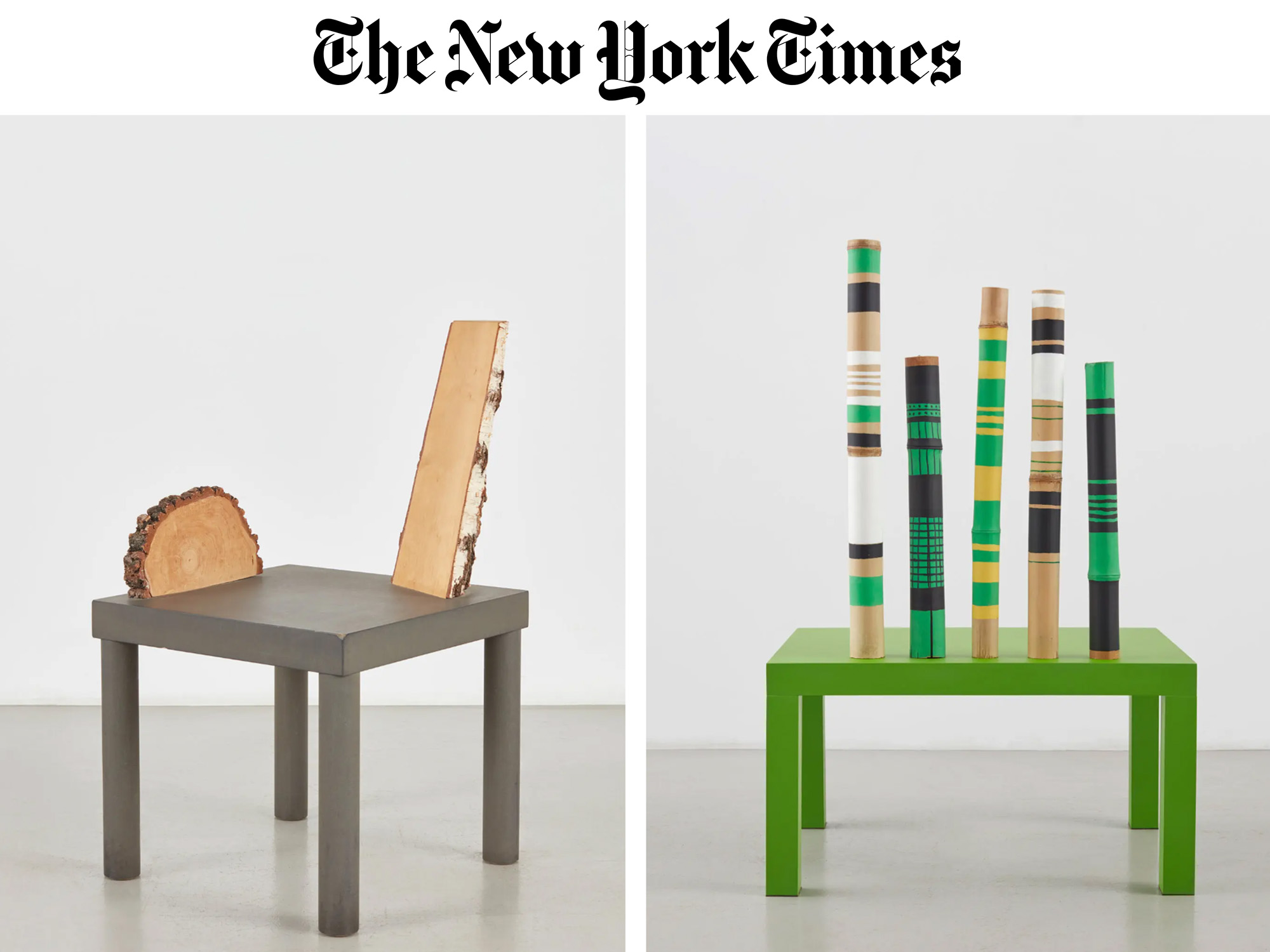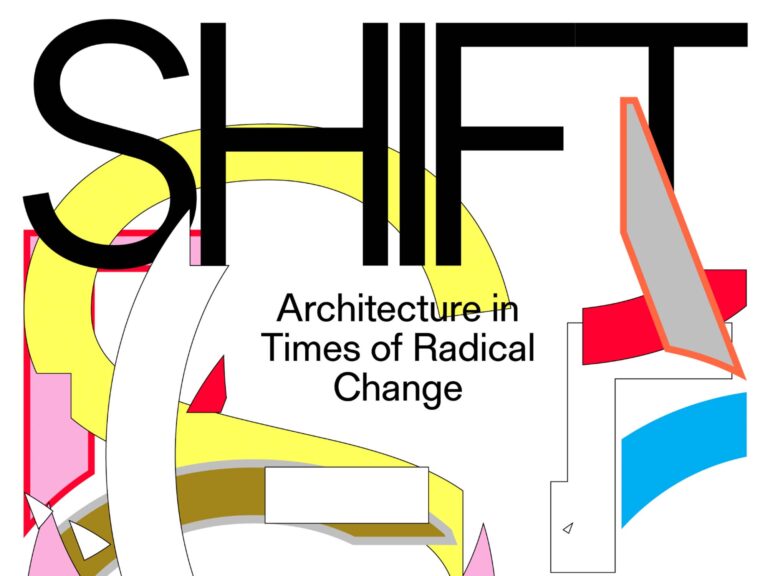By Jane L. Levere
Andrea Branzi worked across media and kept creating art and designs until his death in October. His gallery is now spotlighting his work at TEFAF.
TEFAF Maastricht will be a coming-out party of sorts for Andrea Branzi, one of the most influential Italian architects, designers and theoreticians of recent times.
Mr. Branzi, who died in October at 84, will be celebrated at the fair by his gallery, Friedman Benda, which will present an exhibition of his work and his first solo show since his death.
In a recent phone interview, Marc Benda, co-founder of the gallery, said the exhibition, “Andrea Branzi: When Poets Ruled the World” — featuring 31 works in a variety of media — will “draw the arc” of Mr. Branzi’s prolific career, illustrating its “key moments.”
Born in Florence, Italy, in 1938, Mr. Branzi studied at the Florence School of Architecture and was a founding member, in 1966, of the experimental design and architecture group, Archizoom Associati. He later became a member of Studio Alchimia, a Milan-based “anti-design” design group, and collaborated with Memphis, the collective founded by Ettore Sottsass, in the 1980s. Across these architect-led groups, the mission was the same: to question established norms of the design world.
Mr. Branzi was active in the academic world as well, helping to found Domus Academy — a postgraduate school for design — in Milan in 1982, and later becoming a professor and chair of the prestigious school of interior design at Politecnico di Milano. Until his death, he continued to create art and designs, the latter sometimes in collaboration with his wife, Nicoletta Morozzi.
He added that, in the latter part of the 1980s, Mr. Branzi’s work “embodied the complete antithesis of the slick luxury goods such as those of Versace and Gucci that dominated the scene,” calling it “deeply researched, intellectual, archaic and organic.”
Also on display at the TEFAF show will be cabinets from the “Trees” (2010-11) and “Plank” (2014-15) series, the former made of birch and aluminum, the latter made of aluminum, wood and spray paint. Among the most recent works, made in 2021, are six tall terra cotta statues from his “Erme” series; these refer to ancient Greek herms, or totem markers placed at boundaries and related to the god Hermes. Most of the totems feature a shelf containing a single terra cotta object, such as a vase, a skull and a donkey.
Mr. Branzi, Mr. Adamson said, “held a lifelong fascination with how humans interact with objects and sought to reconcile design and architecture with the evolving challenges of contemporary society.”
He “was interested in the interface between artificial and natural,” Mr. Adamson continued. “It seems very prescient to think about the ethical and the aesthetic, to think about sustainability in the 1960s and 1970s. He questioned how we inhabit the world, and how a designer can best work today.”
Mr. Adamson cited much of the work that will be on display at TEFAF — the “Animali,” “Trees” and “Plank” series, as well as seating incorporating bamboo — as examples of Mr. Branzi’s interest in sustainability. “These are all fundamentally about the cohabitation of the natural and artificial in our lives and the need to find a balance between them,” he said.
Given that TEFAF Maastricht describes itself as “the world’s premier fair for fine art, antiques and design, bringing together 7,000 years of art history under one roof,” Mr. Benda thought that it would be an ideal place to showcase Mr. Branzi’s work, which is not necessarily widely known outside architecture and design circles. “The context there is exactly what he was interested in, the entirety of human history and cultural curiosity that extended beyond the time he lived in,” he said.
According to Mr. Benda, the exhibition of Branzi’s works that excited Branzi the most was the Archaeological Park of Pompeii show in 2021 that featured six of his works.
Mr. Branzi, Mr. Benda added, had “an anthropologist’s interest in human behavior and the human psyche. He was more of a philosopher than a professional architect. He didn’t make an object for the object’s sake.”
His works are in many museums’ collections, including at the Centre Pompidou, whose more than 200 works are the largest Branzi collection in the world; the Museum of Fine Arts, Houston, which has the largest Branzi collection in the United States; the Victoria and Albert Museum; Israel Museum in Jerusalem; and the Museum of Modern Art.
Mr. Adamson theorized that if Mr. Branzi were alive and attending the fair in Maastricht, he would feel more “resonance with the ancient works on display there than the contemporary ones.”
“In Italy they live with the past more than the present,” he said. “He was very oriented to questions about the ancient and the archaic.”
Similarly, Marie-Ange Brayer, senior curator of the design and industrial prospective department at Centre Pompidou, said “all historic material, the history of art, nourished the thinking of Branzi. He said time is not linear, that it’s impossible to distinguish between the past and the present.”
Cindi Strauss, curator of decorative arts, craft and design at the Museum of Fine Arts, Houston, suggested that his appeal was universal: “His designs speak to relevant issues from the past and present, including ideas about urbanism and nature, as well as the ongoing tension between history and modernity.
“You can really draw a line connecting Branzi’s work to the classical and historical pieces that will be shown elsewhere” at TEFAF, she said.










